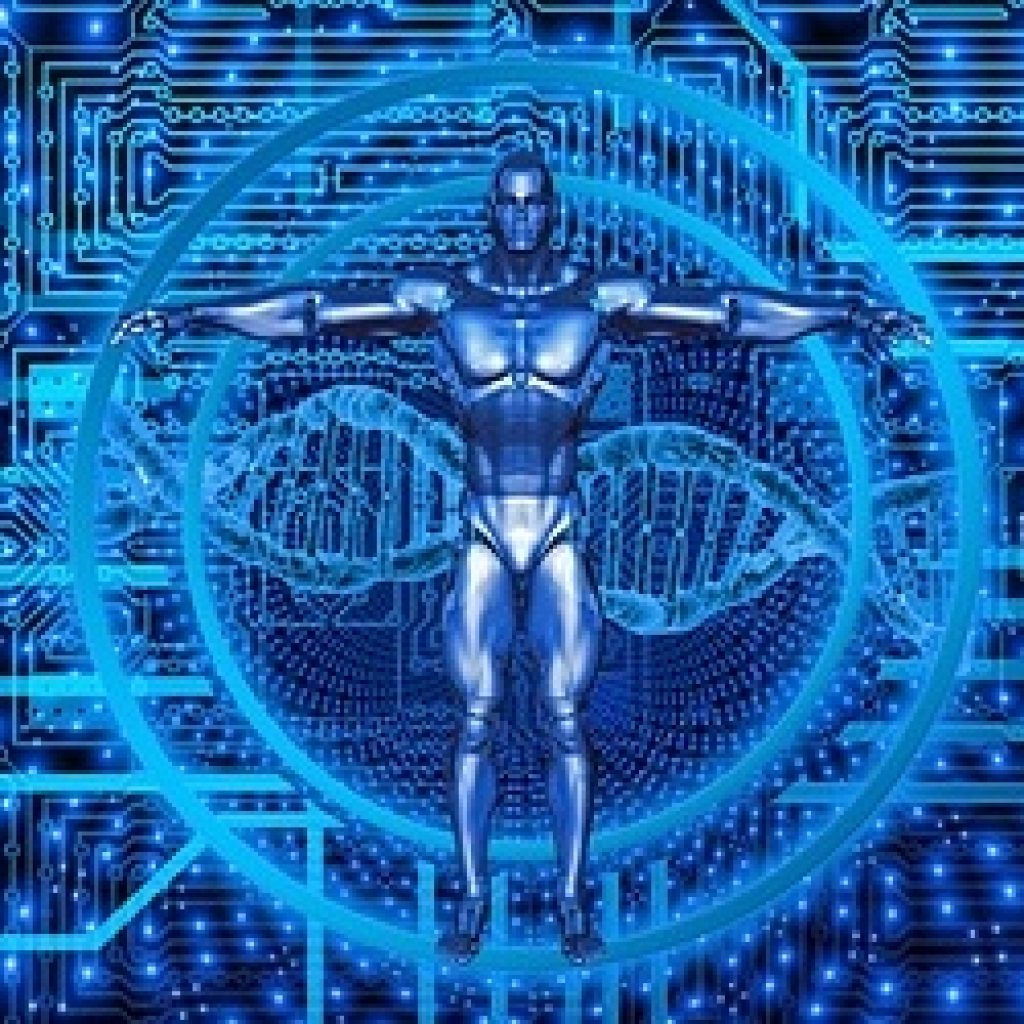(TechExplorist) Quantum biosensing offers a way to investigate these biological events with unprecedented sensitivity.
The potential applications of quantum biosensing range from tracking a drug through the membrane and across the cytoplasm of a single cell to the precise demarcation of tumor margins during surgery.
From recording critical biological processes like protein folding, quantum sensing can also record the transmission of electrical signals through neurons.
University of Chicago chemistry professor Greg Engel explained, “With the convergence between the sensitivity that is possible with quantum measurement, and the absolute need in biology to understand things on exactly these scales: it’s just a match made in heaven.”
It is essential to position quantum biosensors at the exact locations to get the precise measurements of interesting biological events. But the fragility of quantum technology often requires extremely controlled environments, like a vacuum chamber with near-zero temperature—in this sort of setting, biological processes can only be seen as frozen “snapshots.”
To access the full potential of quantum biosensors, scientists are finding new ways to manipulate quantum sensors in warmer, less-controlled environments so that they can see “movies” of events rather than snapshots.
Scientists at the University of Chicago are developing tools to manipulate and control quantum sensors in a biological system. They use a technique that uses electric potentials as “walls” to keep the quantum sensor floating in one place without touching it. Squires expects this “arsenal” of nanoscale biophysical tools to provide new kinds of information.
Quantum sensors could measure the electric fields in a neuronal synapse, track a single ion moving through a cell membrane, or record the transfer of proteins between the smaller organelles inside a cell: all processes that are challenging to observe directly. Technology at the intersection of these two fields—quantum engineering and biology—has the potential to revolutionize our understanding of medical science at the smallest possible levels.
Understanding biology using quantum technology
